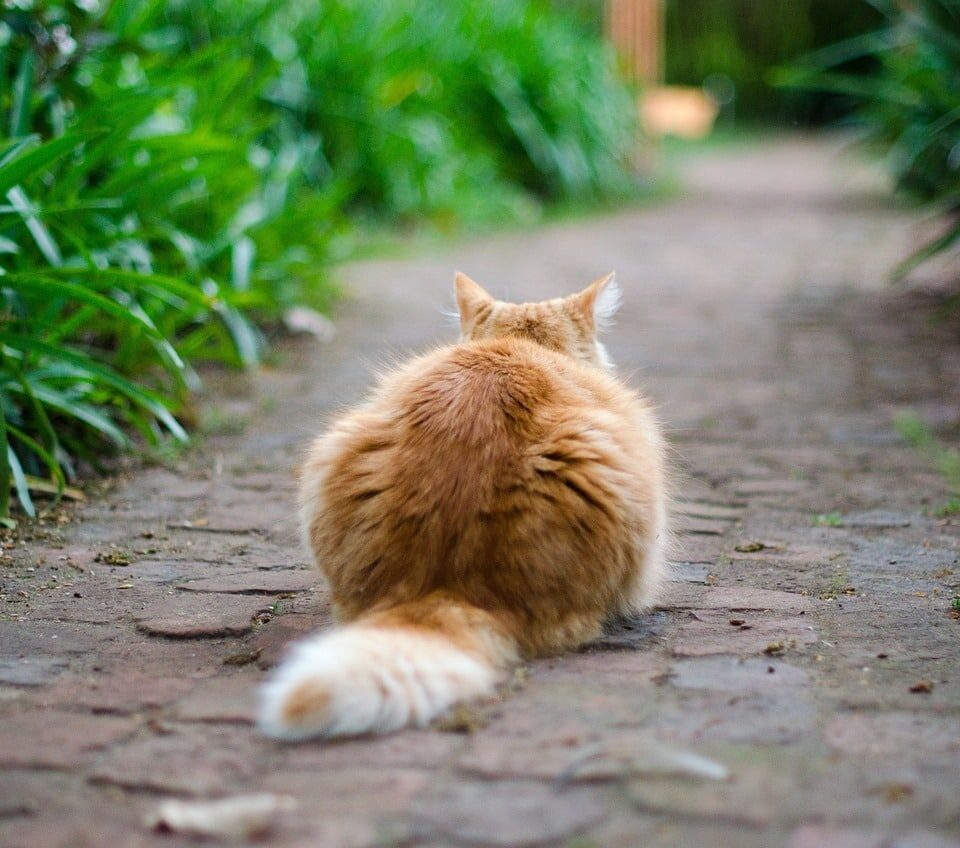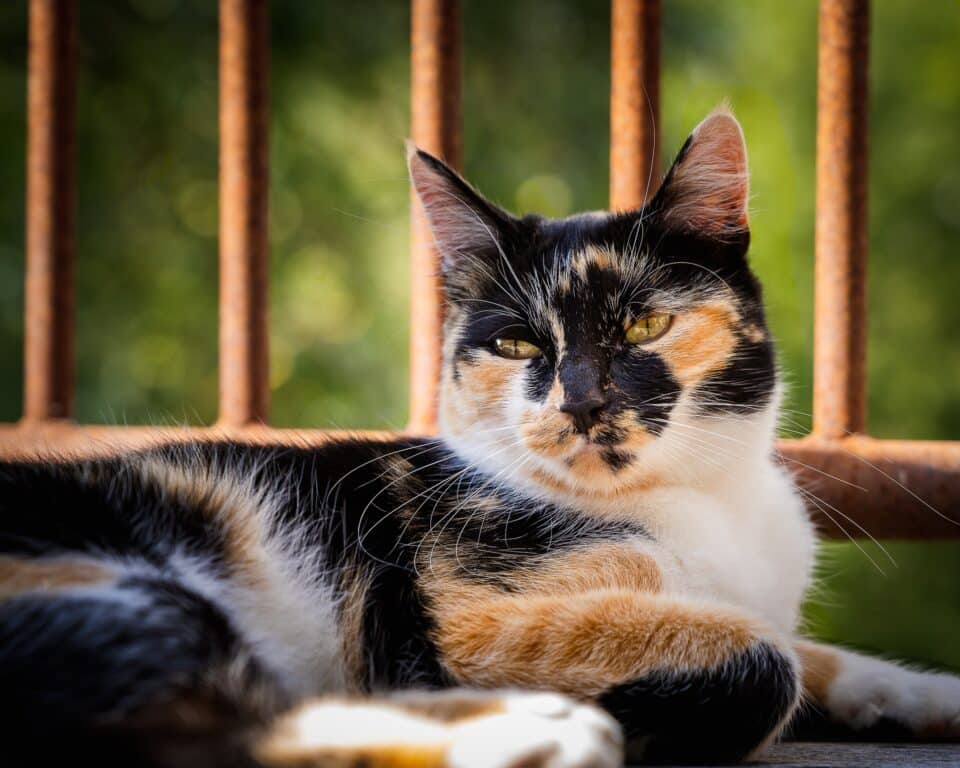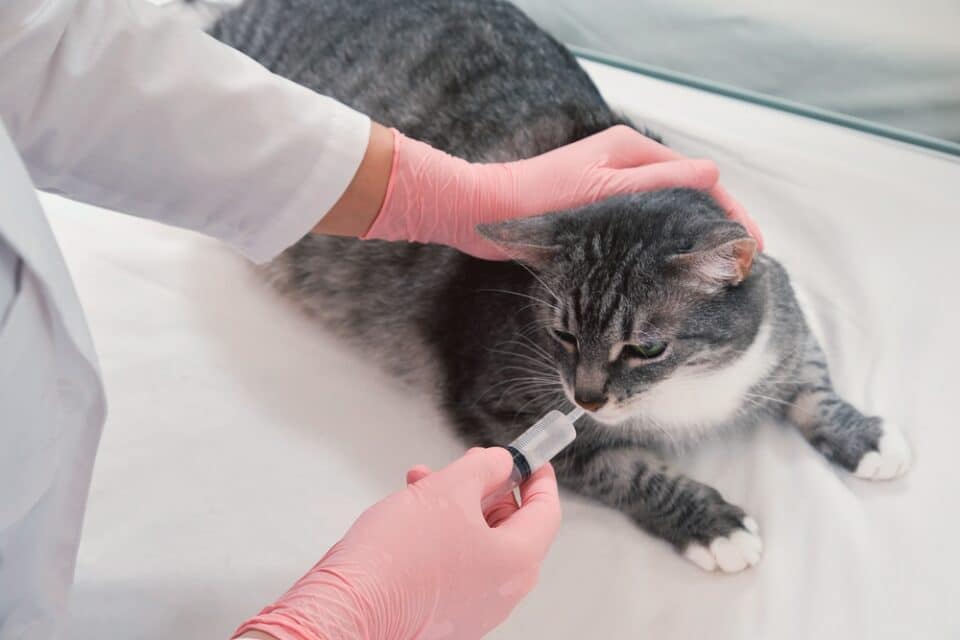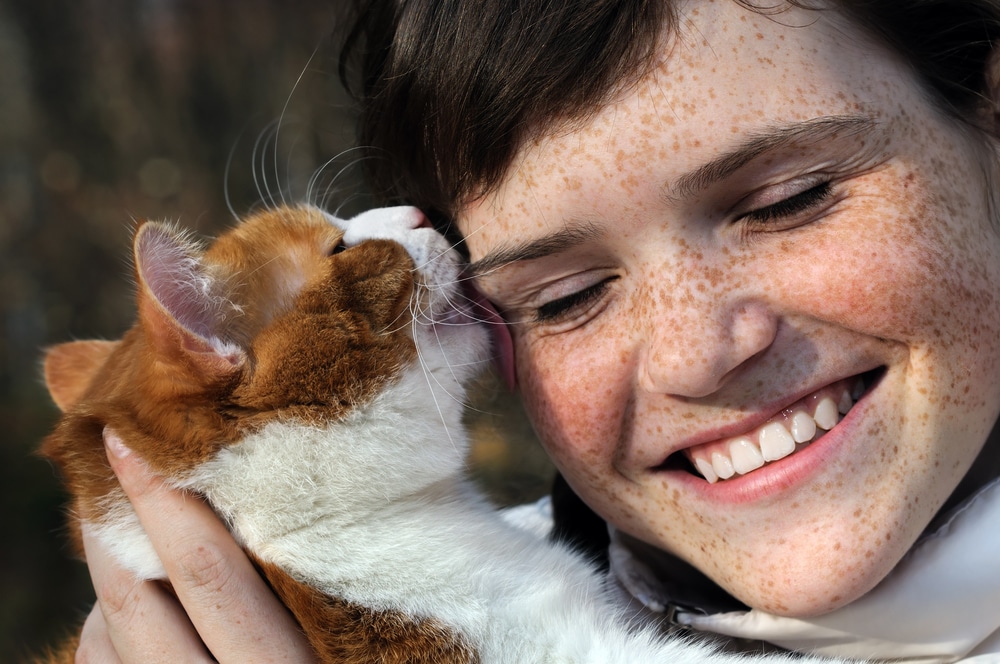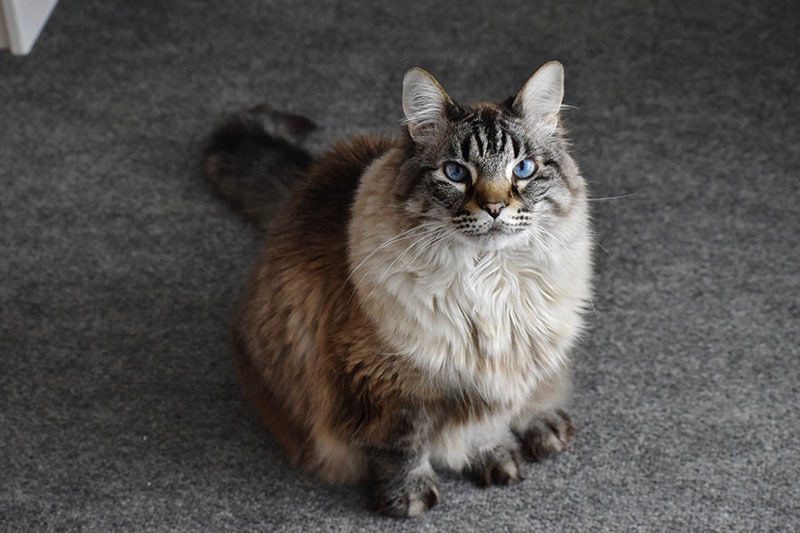Cats have some quirky ways of communicating, and a shaking tail is definitely one of them!
- Ever wondered if a cat’s vibrating tail means they’re happy, anxious, or just plain impatient?
- Context is key when interpreting what a cat’s tail movement actually signifies.
- A cat’s tail language is a fascinating blend of emotions from happiness to anger.
- Deciphering a cat’s tail shakes can help you understand your feline friend better.
Cats have a unique way of expressing themselves, and a vibrating tail is part of their mysterious communication system. Whether swooshing, flicking, or standing still, a cat’s tail tells tales of their emotions. So what does a vibrating tail mean? It’s all about understanding the context and the subtle clues your feline friend shares.
When it comes to tail-telling, context is everything! Yes, cats can seem a bit unpredictable, but by observing their surroundings and behaviors, we can get a glimpse into their feline psyche. Imagine a sudden noise or an unfamiliar visitor — it might just spook your cat, leading to a vibrating tail as a response.
Cats are more than their meows and purrs; their tails are excellent communicators. Despite having a limited vocal range, cats make up for it with expressive body language. And when that tail starts to quiver? It’s a message waiting to be decoded, from primal instincts to human-like emotions.
Anxiety is one of the key reasons why cats shake their tails. Sometimes, it can be an unnoticeable sound sending them into a tizzy. For humans, it might take some real concentration to even hear what’s bugging them. Anxiety calls for gentle understanding and a few tweaks in their environment for comfort.
On the flip side, impatience might shake a cat’s tail as well. If you’ve ever seen your cat looking fed up with a delay in feeding or play, that’s impatience speaking. Quick shifts from calm to frustration can lead to tail twitches, a tiny forewarning of their brewing discontent.
Got an angry cat on your hands? Their tail might give it away before anything else does. A bit too much petting or a misguided prank could turn a happy kitty into a peeved one. The twitching tail becomes a red flag, urging you to tread carefully around your feisty feline.
But it’s not all doom and gloom! Tail vibrations can also mean happiness. A good stroke or a favorite treat can lead to those happy tail jitters, a sign of a contented cat. Sometimes, that tail is just celebrating the moment, relishing in comfort and joy.
Lastly, if your cat’s twitching happens while they’re lying down or even snoozing, it could be a dream or a distant sound, not necessarily something to worry about. Letting them rest or gently discovering what caught their attention is usually the best approach. Cats have their quirks, and sometimes, we just have to ride along with them.
Understanding a cat’s tail can unlock the secrets to their thoughts and feelings, making the feline-human bond even stronger.
